The ABCD of Web3: AI, blockchain, cryptocurrencies, decentralization
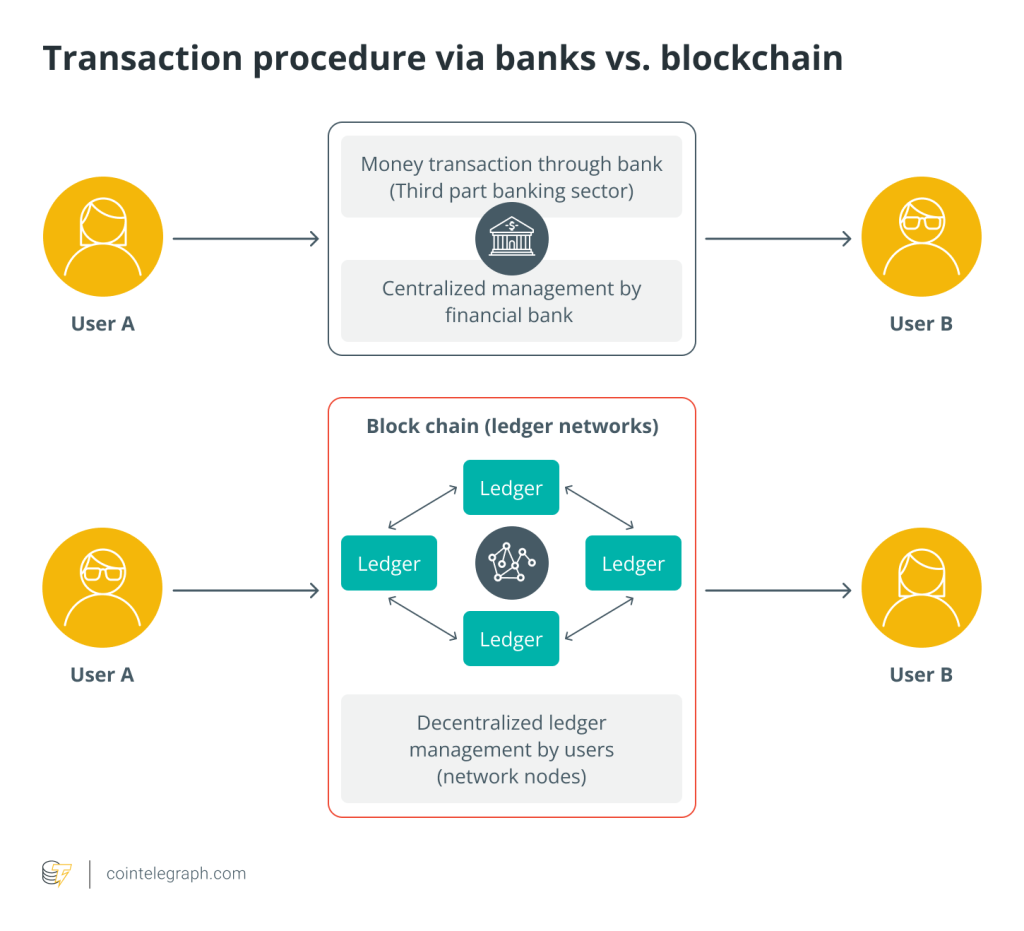

With the introduction of Web3 technologies, the digital world is undergoing a major transition that is changing how we communicate, conduct business, and work together online. Four essential elements at the core of this revolution are artificial intelligence (AI), blockchain technology, cryptocurrencies and decentralization.
Together, they aim to enhance security, openness and user control and provide the groundwork for a new era of the internet. Let’s understand each of these elements in more detail to learn about their roles and potential effects in shaping the future of the internet.
AI: Enhancing Web3 experiences
Web3 heavily relies on artificial intelligence, which is the foundation of contemporary technology. Applications such as chatbots, virtual assistants, content curation and data analysis are all empowered by AI algorithms. Within the Web3 framework, artificial intelligence ensures customized user interfaces, improves security measures, and facilitates effective data administration.
Furthermore, by spotting irregularities and anticipating possible attacks, AI algorithms also improve cybersecurity by enhancing the Web3 platform’s resilience. AI also helps with data management by streamlining and automating processes, which increases the effectiveness of data administration.
AI improves user engagement in content delivery by allocating bandwidth and presenting material in the best possible way. In this context, AI supports the development of the decentralized internet by enabling Web3 platforms to offer intelligent, user-friendly experiences.
Blockchain: The backbone of Web3
Web3 is built on top of blockchain technology, which provides unmatched security, immutability and transparency. Blockchain functions as a decentralized distributed ledger, recording transactions across several nodes to provide data integrity that is impervious to tampering.

Web3 uses blockchain technology to provide digital identities, permit safe financial transactions and enable smart contracts. Furthermore, because blockchain is decentralized, it reduces the risks that come with centralized control, promotes user trust, and facilitates peer-to-peer transactions without the need for intermediaries.
Cryptocurrencies: Revolutionizing digital transactions
Cryptocurrencies are digital or virtual currencies that use cryptographic methods to manage the creation of new units, ensure asset transfers, and safeguard financial transactions. Within Web3, cryptocurrencies are the main means of exchange, allowing for safe, easy and borderless transactions.
Because they eliminate the need for traditional banking systems, cryptocurrencies improve financial inclusion by lowering transaction costs. They provide the confidentiality and privacy of transactions while enabling people to have total control over their possessions.
Decentralization: Empowering user autonomy
A key component of Web3, decentralization, transfers authority and power from centralized authorities to the users themselves. Data is dispersed throughout a network of nodes in a decentralized ecosystem, which removes the risks related to single points of failure. As people own and control their data, decentralization improves security, privacy and user autonomy.
Through the use of blockchain technology, decentralized applications (DApps) provide direct user interaction, trustless transactions and communication that is impervious to censorship.

Relationship between AI, blockchain, cryptocurrencies and decentralization
AI, blockchain, cryptocurrencies and decentralization are interconnected in various ways, often complementing and reinforcing one another in the realm of technology and finance:
AI and blockchain
Blockchain technology and artificial intelligence can work together to build safer and more effective systems. Blockchain data may be analyzed by AI to improve fraud detection and transaction validation.
Blockchain networks can be made more secure and energy-efficient by implementing machine learning algorithms to enhance consensus procedures. Additionally, AI contributes to the creation of more resilient and intelligent blockchain-based DApps.
AI and cryptocurrencies
Artificial intelligence and cryptocurrencies are closely related in the field of financial technology. AI is used for predictive analytics in cryptocurrency trading, helping investors and traders make data-driven choices. It can also be used to detect fraud, adding another degree of protection to wallets and crypto transactions. In addition, traders use sentiment analysis tools and AI-driven trading algorithms to navigate the unpredictable cryptocurrency markets.
AI and decentralization
Artificial intelligence and decentralization have a synergistic relationship that has the potential to transform a number of sectors and digital ecosystems. Decentralization, often facilitated through blockchain technology, creates a distributed and transparent network where data is not controlled by a central authority.
Conversely, AI flourishes in this decentralized setting because it permits machine learning models to be trained on data that is stored across several nodes, protecting the security and privacy of the data. Decentralized AI models and algorithms can also function without centralization, which increases the robustness and accessibility of AI. This combination opens the door for creative and responsible AI applications across a range of sectors by fostering trust, transparency and democratized access to AI services.
Blockchain and cryptocurrencies
Blockchain serves as the foundational technology for cryptocurrencies. It offers a transparent and safe ledger for keeping track of cryptocurrency transactions. Cryptocurrencies, like Bitcoin (BTC), record and validate transactions using blockchain technology, which is essential to the existence and operation of cryptocurrencies.
Decentralization, blockchain and cryptocurrencies
Decentralization is a core principle of blockchain technology that allows nodes to distribute data among one another, eliminating the requirement of centralized authorities to oversee and approve transactions. As a result, blockchain is an ideal solution for a wide range of non-cryptocurrency-related applications, including voting, supply chain management and identity verification.
Cryptocurrencies, at their core, embody the principles of decentralization; this aspect of cryptocurrencies is what makes them a disruptive force in the financial industry.
Advantages of the fusion of tokenomics and AI modeling
Tokenomics, the study of the supply, demand, distribution and valuation of cryptocurrencies, provides a decentralized and transparent framework for economic transactions. Conversely, artificial intelligence modeling uses sophisticated algorithms and data analysis to draw insightful conclusions and forecast future events.
The convergence of these two disciplines produces a dynamic ecosystem in which tokenomics can be made more accurate and efficient by AI, while tokens are used to optimize and incentivize AI operations. This synergy has the potential to revolutionize the global economy by promoting innovation and decentralizing governance, streamlining financial services and improving supply chains.
Enhanced data analysis
Large volumes of data can be processed and analyzed by AI models with incredible speed and precision. This capability makes more sophisticated and complex market analysis possible in the context of tokenomics.
Predictive analytics
Predictive analytics, where AI modeling shines, can be used in tokenomics to estimate market movements, spot possible trends in tokens, and evaluate the risk of different investments. For traders and investors looking to optimize their returns and improve portfolio management, these forecasts can be quite helpful.
Tokenization of AI services
Tokenomics can be applied to commercialize and reward AI services. When an individual or organization contributes data, computing power or AI models to a decentralized network, they might be rewarded with tokens. This kind of incentive may result in the development of decentralized AI platforms, which open up access to a wider range of AI capabilities and encourage cooperation between data providers and AI developers.
Decentralized governance
Tokenomics can facilitate decentralized governance and decision-making by utilizing blockchain-based voting mechanisms. Artificial intelligence has the potential to enhance the efficacy and transparency of these systems, guaranteeing equitable decision-making grounded in data-driven insights rather than centralized control.
Present challenges and future trends in AI and Web3 convergence
The convergence of AI and Web3 presents both challenges and exciting future trends. Because blockchain networks and smart contracts run on different technical stacks, one ongoing problem is the interoperability of AI models with these technologies.
Furthermore, critical problems are the transparency and reliability of AI algorithms in decentralized networks. In Web3, ethical concerns about privacy and data ownership are also complicated matters that require attention.
In the future, Web3’s AI integration should make smart contracts safer and more effective while also enhancing DApps with intelligent features. Decentralized autonomous organizations (DAOs) with AI capabilities may arise to oversee governance and decision-making procedures.
Smart contracts could benefit from real-time data provided by AI-powered oracles, therefore increasing their usefulness. To fully realize the revolutionary potential of this convergence as Web3 develops, it will be imperative to tackle these obstacles while capitalizing on AI’s potential.

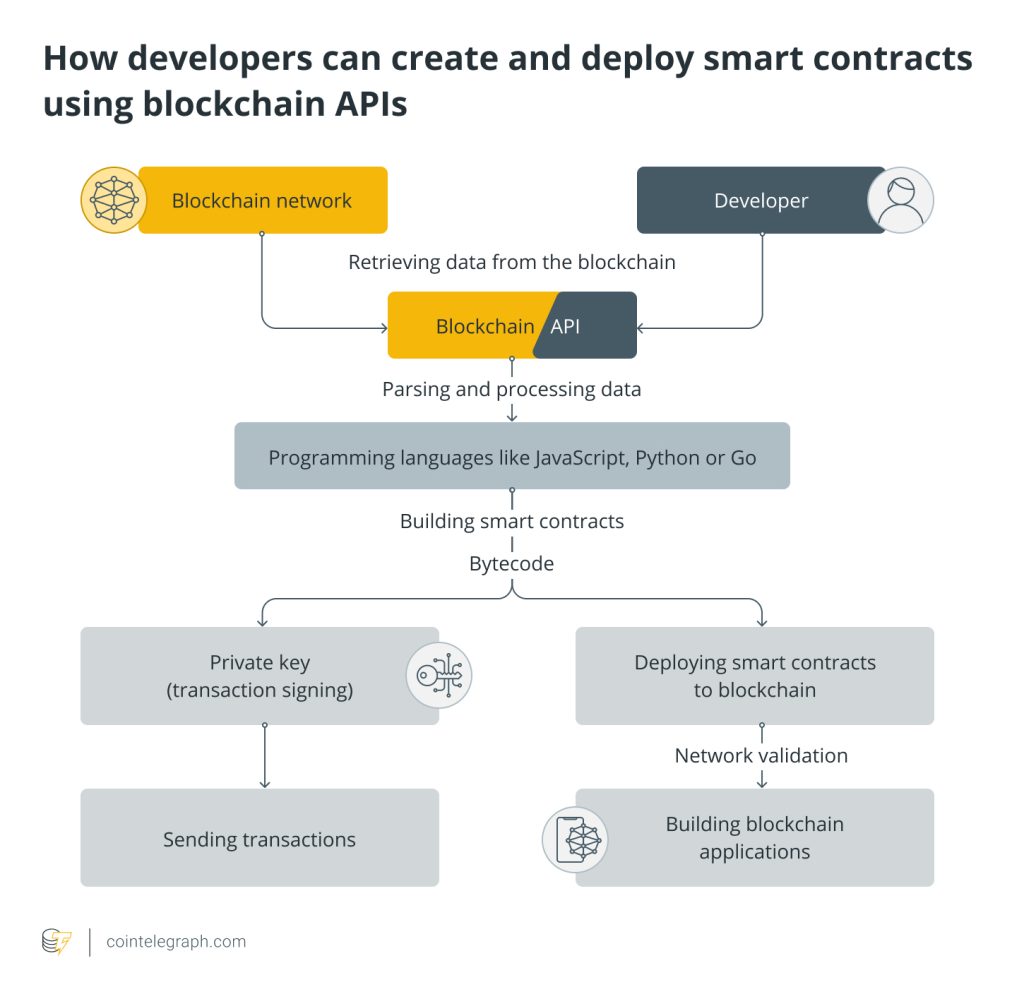

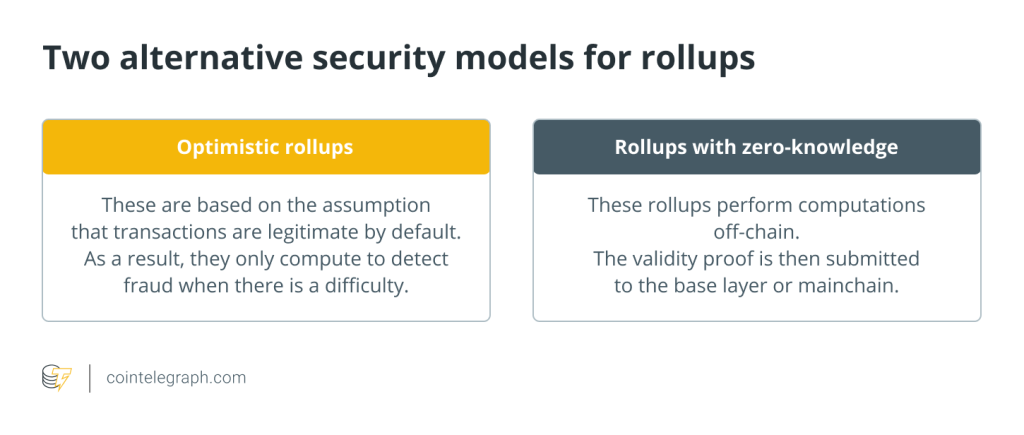
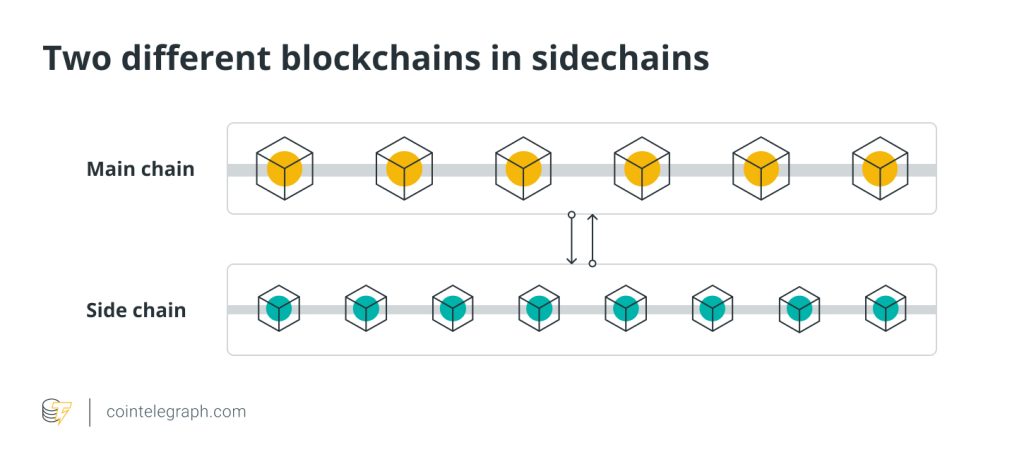
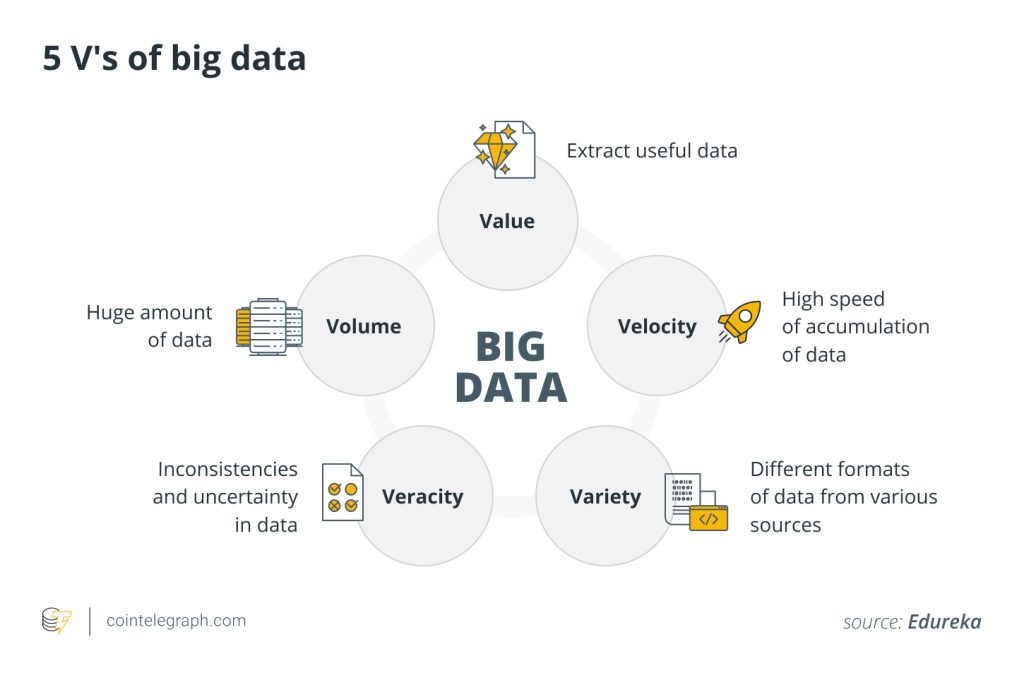
… [Trackback]
[…] Find More on that Topic: x.superex.com/academys/beginner/1953/ […]
… [Trackback]
[…] Read More Info here on that Topic: x.superex.com/academys/beginner/1953/ […]
… [Trackback]
[…] Read More Information here to that Topic: x.superex.com/academys/beginner/1953/ […]
… [Trackback]
[…] Find More to that Topic: x.superex.com/academys/beginner/1953/ […]
… [Trackback]
[…] Info to that Topic: x.superex.com/academys/beginner/1953/ […]
… [Trackback]
[…] Read More Info here to that Topic: x.superex.com/academys/beginner/1953/ […]
… [Trackback]
[…] Info to that Topic: x.superex.com/academys/beginner/1953/ […]
… [Trackback]
[…] Information to that Topic: x.superex.com/academys/beginner/1953/ […]
… [Trackback]
[…] Information to that Topic: x.superex.com/academys/beginner/1953/ […]
… [Trackback]
[…] Here you will find 61831 more Information on that Topic: x.superex.com/academys/beginner/1953/ […]
… [Trackback]
[…] Here you can find 91881 more Information on that Topic: x.superex.com/academys/beginner/1953/ […]
… [Trackback]
[…] Information on that Topic: x.superex.com/academys/beginner/1953/ […]
… [Trackback]
[…] Find More to that Topic: x.superex.com/academys/beginner/1953/ […]
… [Trackback]
[…] Here you can find 31656 additional Info on that Topic: x.superex.com/academys/beginner/1953/ […]
… [Trackback]
[…] Read More to that Topic: x.superex.com/academys/beginner/1953/ […]
… [Trackback]
[…] Read More here to that Topic: x.superex.com/academys/beginner/1953/ […]
… [Trackback]
[…] Read More here on that Topic: x.superex.com/academys/beginner/1953/ […]
… [Trackback]
[…] Find More here to that Topic: x.superex.com/academys/beginner/1953/ […]